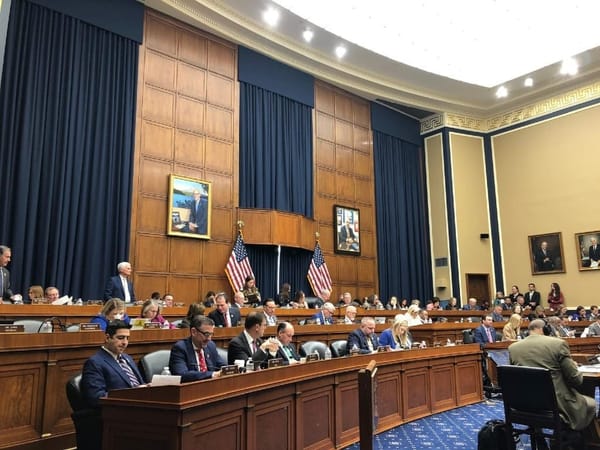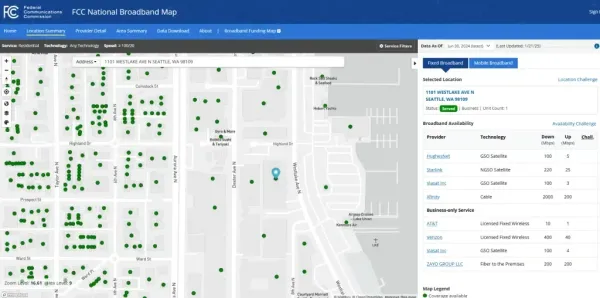Exclusive Broadband Breakfast Series: Overseas Strength in Open Access
Examples from Sweden, Australia, South Africa and the United Kingdom show how advanced open access has become.
Drew Clark, Jericho Casper

Editor's note: This is the first of a four-part series on open access networks in the lead-up to Digital Infrastructure Investment on Thursday, September 19: 'All-in' on Open Access.
WASHINGTON, September 13, 2024 – In the United States, open access networks are finally gaining traction nationwide. Overseas, they're practically old hat.
The difference couldn't be starker than between the United States and Sweden, where 98 percent of the Nordic nation’s population has access to gigabit speed downloads and uploads – with 60 percent of the market served by open access providers. Speaking at last year's Digital Infrastructure Investment conference, COS Systems CEO Mikael Philipsson said that open access drove a "fiber race" from which the U.S. can learn:
For an American audience, the concept of an open access network can be a little hard to visualize. Think of a broadband network as a railroad, with the tracks representing a network of fiber cables, and trains representing internet services.
Continuing on the analogy, with the vertically integrated model (in the U.S.), both the tracks and the trains are owned by the same company. With the open access model prevalent other parts of the world, TrackCo is separate from CarCo. That gives consumer more access to wider choices.
And Sweden isn't alone in pioneering open access networks. Significant developments on such networks have taken place in Australia, South Africa, the United Kingdom and elsewhere. This article, one of a four-part series on open access networks, will consider the example of several such countries.
Exclusive Broadband Breakfast Series on Open Access Networks:
Part 1: Overseas Strength in Open Access
Part 2: Municipal Broadband and Open Access
Part 3: AT&T, T-Mobile Bet Big on Open Access
Part 4: Big Money Moves Forward with Open Access









